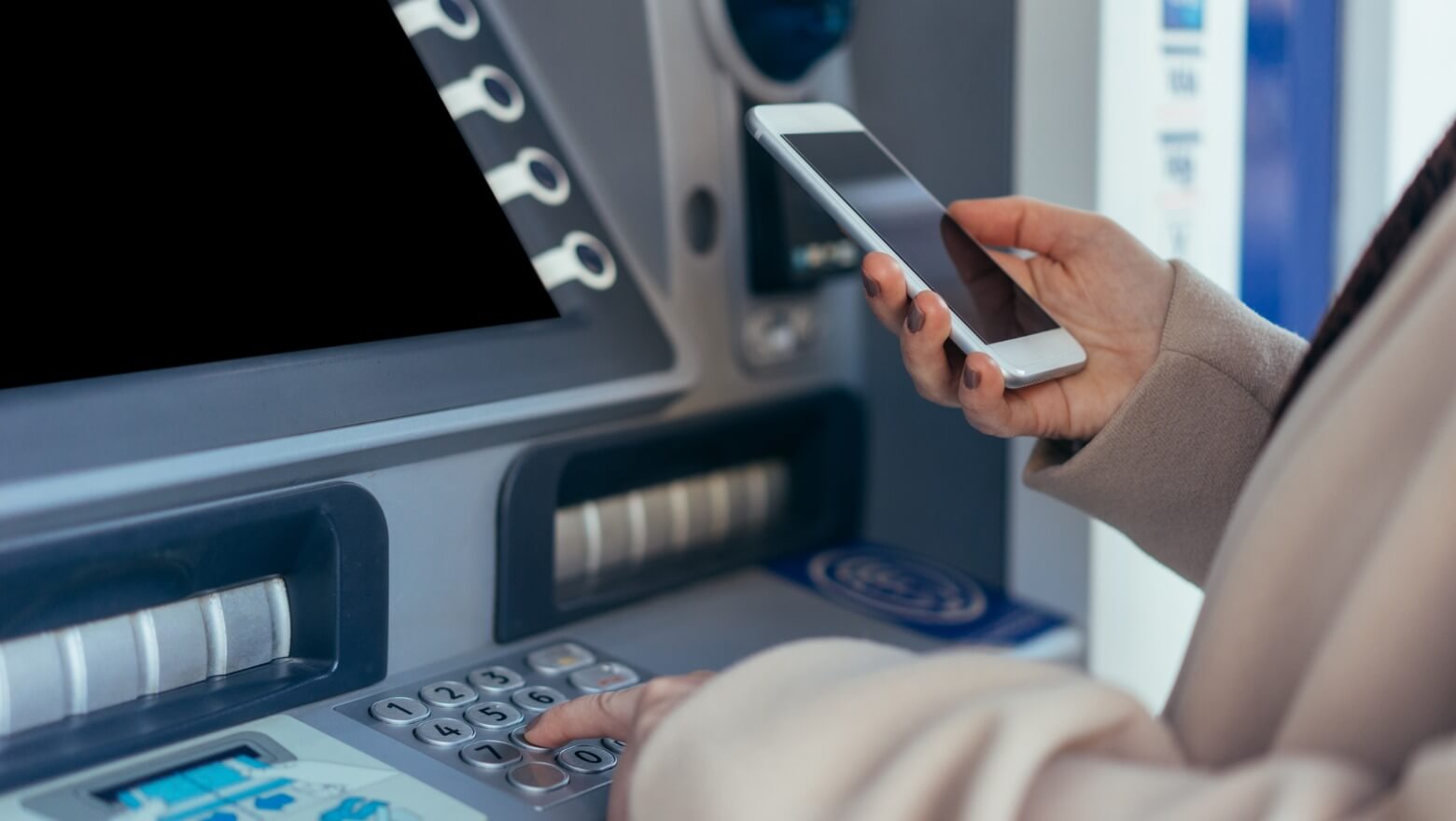Exploring the Convenience and Limitations of Using Virtual Cards at ATMs
In an era where technology continually reshapes our daily lives, the financial industry has quickly adopted digital innovations to enhance consumer convenience and security. One such advancement is the concept of virtual cards, which offer an intriguing alternative to traditional physical debit or credit cards. Virtual cards have gained popularity for online transactions, but can they be used at ATMs just like their physical counterparts? In this article, we’ll explore virtual cards and their potential applicability to automated teller machines (ATMs).
Understanding Virtual Cards
Virtual cards are digital payment solutions that provide users with unique card details for each transaction rather than a single physical card. Banks or financial institutions typically issue these cards, and they can be accessed through mobile apps or online banking platforms. They offer a range of benefits, including enhanced security, ease of use for online purchases, and the ability to set transaction limits for added control.
Using Virtual Cards for Online Transactions
Virtual cards are especially well-suited for online transactions. When shopping on e-commerce platforms or making digital payments, users can generate a new virtual card number for each transaction. This one-time-use approach minimizes the risk of card fraud and unauthorized transactions. However, the question remains: can these digital wonders be employed at ATMs?
Virtual Cards and ATMs: The Reality
As of my knowledge cutoff in September 2021, using a virtual card at an ATM might not be as straightforward as one might hope. ATMs are designed to read physical cards with magnetic stripes or chip technology, whereas virtual cards lack these physical components. Consequently, most traditional ATMs cannot process transactions using virtual card details alone.
While inserting a virtual card into an ATM slot may not be possible, some financial institutions have explored workarounds to allow limited ATM functionality using virtual cards. For instance, certain banks have introduced features that enable users to link their virtual card to their physical card, thereby allowing cash withdrawals at ATMs. The virtual card details are used primarily for online transactions, while the physical card is the intermediary for ATM interactions.
Innovations and Future Possibilities
Technology is ever-evolving, and the financial sector continues to adapt to the changing landscape. While using virtual cards at ATMs may not be a common practice today, it’s entirely plausible that future innovations could bridge this gap. One potential avenue for advancement is the integration of Near Field Communication (NFC) technology into ATMs. This could enable contactless transactions using virtual card details stored on a mobile device.
Moreover, as digital wallets become more prevalent, they might facilitate seamless ATM transactions using virtual card details. Digital wallets like Apple Pay, Google Pay, or Samsung Pay could act as intermediaries, enabling users to authenticate their transactions and withdraw cash securely from ATMs using their virtual card information.
Discover Apple Pay ATMs Near Me »
Conclusion
Virtual cards have transformed how we manage our finances in the digital age, providing increased security and flexibility for online transactions. While using virtual cards at ATMs is still relatively novel and limited, ongoing technological advancements may pave the way for a future where virtual cardholders can access their funds conveniently and securely through ATMs. As we continue to witness the rapid evolution of fintech, it’s clear that the line between physical and digital financial tools is becoming increasingly blurred, opening up exciting possibilities for the future of banking and transactions.
